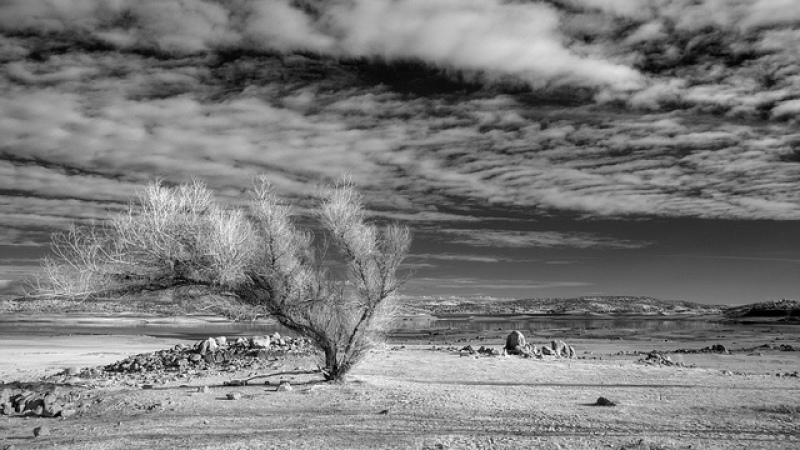

The Folson Dam is an example of the impact that the California drought has made in both the economy and ecosystem.
According to NASA, the state of California needs another 11 trillion gallons of water in order to overcome the drought. Despite the recent storms that brought long needed water, the drought is still prevalent in the state.
Many residents of California have been told to conserve water this past fall and summer, with local governments doing their best to regulate water usage. Measures to limit water usage, such as fining the use of sprinklers or washing cars, failed to curtail excessive use of water as effectively as desired.
The days of rain in the past week had significant effects on many parts of California, however, the state cannot lose its focus on water conservation, according to state officials.
"Recent rains are no reason to let up on our conservation efforts," said Felicia Marcus, chair of the State Water Board, in a report.
"It will take many sustained storms to get us out of this horrible drought. This latest report raises questions whether some residents have slowed on water conservation efforts, whether conditions like temperature made a big difference in different areas, or whether it is just time to direct agencies to find additional conservation opportunities in day-to-day water use," she said.
However, the report by the state showed that conservation efforts were being maintained for the most part, and Californians have made visible efforts in decreasing the per capita daily use of water.
The drought in California has been caused by 3 years of scarce rain. Snowcaps and reservoirs are at record lows because of the lack of rain in the past. A significant source of water in California is provided by the snowcaps, which the recent storms alleviated a little.
"The 2014 snowpack was one of the three lowest on record and the worst since 1977, when California's population was half what it is now. Besides resulting in less snow water, the dramatic reduction in snow extent contributes to warming our climate by allowing the ground to absorb more sunlight. This reduces soil moisture, which makes it harder to get water from the snow into reservoirs once it does start snowing again," said Tom Painter of NASA's Jet Propulsion Laboratory.
As a result of the drought, California has lost an estimated $2.2 billion from its economy. The state's governor, Jerry Brown, continues to urge citizens to conserve water.


















